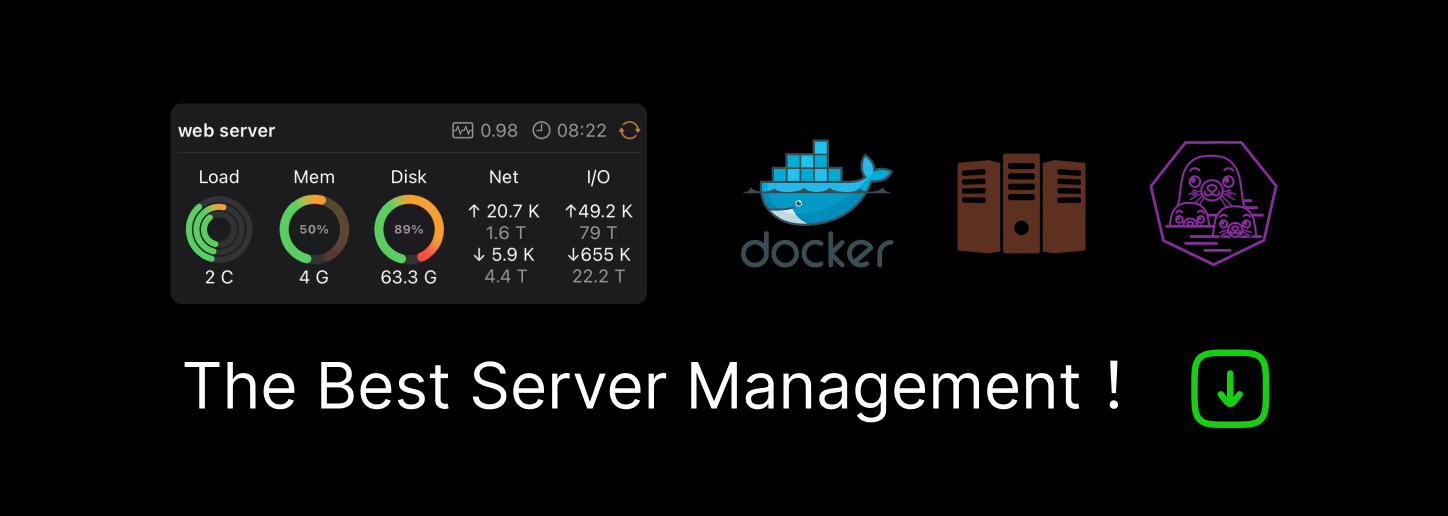

Best Practices for Writing Clean and Maintainable Code
source link: https://dzone.com/articles/best-practices-for-writing-clean-and-maintainable-code
Go to the source link to view the article. You can view the picture content, updated content and better typesetting reading experience. If the link is broken, please click the button below to view the snapshot at that time.

Best Practices for Writing Clean and Maintainable Code
In this article, readers will learn some best practices for writing clean and maintainable code in software development and best practices for error handling.
As a software developer, one of the most important aspects of your job is to write code that is clean, readable, and easy to maintain. Clean and maintainable code not only makes it easier for you to work on the codebase, it also makes it easier for other developers to understand, modify, and build upon. In this articl, we will discuss some best practices for writing clean and maintainable code that you can use in your software development projects.
Discover the key best practices for writing clean, readable, and easy to maintain code in software development. From code organization, commenting, debugging and reusability, improve the quality of your code with our expert tips and tricks.
Code Organization
The first step in writing clean and maintainable code is to organize your code in a logical and consistent manner. This means using clear and meaningful variable and function names, grouping related code together, and using white space and indentation to make the code easy to read. Additionally, you should use comments to explain the purpose and functionality of your code.
Commenting
Commenting is an important aspect of clean and maintainable code. Comments provide a brief explanation of the functionality of the code and help other developers understand the codebase. Comments should be used sparingly and only when necessary. Avoid commenting on every line of code and, instead, use comments to explain the purpose of a code block or a specific function.
When it comes to naming conventions, it’s important to be consistent throughout your codebase. This means using the same naming conventions for variables, functions, and classes. For example, if you’re using CamelCase for variables, you should use it for functions and classes as well. This consistency makes it easier to read and understand the code, and makes it easier to find specific pieces of code when you need to.
Grouping Related Code
Another important aspect of code organization is grouping related code together. This means putting functions and classes that are related to each other in the same file or module. For example, if you have a class that handles database connections, you should put all of the functions and classes that are related to that class in the same file or module. This makes it easier to understand the code and also makes it easier to find specific pieces of code when you need to. When it comes to code organization, it’s also important to make sure that your code is well-structured, with a clear and consistent layout. This means using indentation and white space to make the code easy to read and understand.
Debugging
Debugging is an inevitable part of software development, and it’s important to write code that is easy to debug. One way to do this is to use meaningful variable and function names that clearly describe their purpose. Additionally, you should also use debugging tools, such as print statements or a debugger to help you identify and fix bugs in your code.
Code Reusability
By writing reusable code, you can reduce the amount of duplicate code in your codebase, which makes it easier to maintain. To make your code reusable, you should use functions and modules that can be called from multiple places in your codebase.
By following the best practices for code organization, commenting, debugging, and code reusability, you can improve the quality of your code and make it easier for other developers to understand, modify, and build upon. Remember, it’s not only about writing the code, but also about making it easy to read, understand, and maintain for yourself and others.
Error Handling
Error handling is an essential aspect of software development, as it ensures that the code is robust and can handle unexpected situations. In this section, we will discuss the importance of error handling and the best practices for handling errors in your code.
Why Is Error Handling Important?
Error handling is important for several reasons. First and foremost, it ensures the code is robust and can handle unexpected situations. Without proper error handling, a software application can crash or produce incorrect results when faced with unexpected input or unforeseen circumstances. This can lead to a poor user experience, lost productivity, and even lost data.
Secondly, proper error handling can help improve the security of an application. Without proper error handling, it can be easy for an attacker to exploit vulnerabilities in the code and gain access to sensitive data.
Finally, error handling can also help improve the maintainability of the code. By providing clear and meaningful error messages, it can be easier for developers to understand and fix any issues that may arise.
Best Practices for Error Handling
- Use proper error codes: Error codes should be unique, and they should be used consistently throughout the codebase. This makes it easier for developers to understand and fix any issues that may arise.
- Use exceptions: Exceptions are a powerful tool for error handling, and they should be used whenever an error occurs. Exceptions can be caught, and appropriate actions can be taken in response to the exception.
- Provide clear and meaningful error messages: This makes it easier for developers to understand and fix any issues that may arise.
- Use logging: Logging is an important aspect of error handling, and it should be used to log all errors that occur in the code. This makes it easier for developers to track down and fix any issues.
- Test the code: By testing the code, developers can ensure that the code is robust and can handle unexpected situations.
- Handle errors at the right level: Errors should be handled as close to the source of the error as possible.
Conclusion
By now, you should be familiar with some of the best practices for writing clean and maintainable code as well as best practices for error handling. I hope this article has been informative and interesting for you. Feel free to comment below any questions you may have.
</div
Recommend
-
 19
19
Write clean and maintainable C++
-
 18
18
C++ Clean Code – Best Practices für Programmierer Die Programmiersprache C++ bietet nicht nur High-Level-Abstraktionen...
-
 12
12
Clean Code: Writing maintainable, readable and testable code 0 11 353 Clean code is a term use...
-
 8
8
Victoria Rose ...
-
 16
16
-
 12
12
Article My advice for building maintainable, clean architecture
-
 11
11
The Art of Writing Clean Code: A Key to Maintainable Software Table Of Contents “Spaghetti code” has long been an issue in the field of software development. Many developers have discovered the difficulty with decip...
-
 7
7
Home ... ...
-
 13
13
Best Practices for Writing Clean Java Code What is clean Java code...
-
 14
14
Tips for Writing Maintainable Code: Naming ThingsTips for Writing Maintainable Code: Naming ThingsAugust 23rd 2023 New Story3mi...
About Joyk
Aggregate valuable and interesting links.
Joyk means Joy of geeK